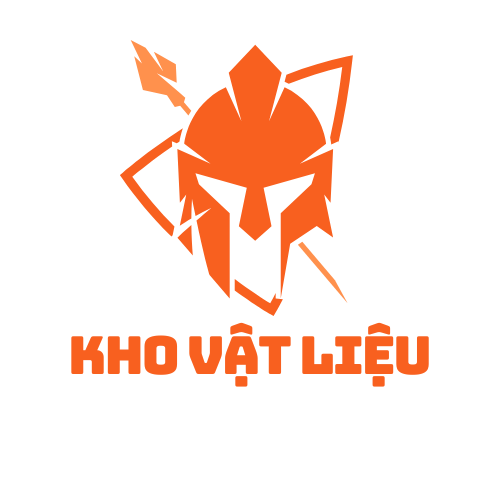American motorcycle culture represents a complex tapestry of rebellion and community, rooted in post-war societal shifts. Transitioning from military service to civilian roadways, two-wheeled machines emerged as symbols of liberation, transporting simultaneously rebellious ethos and mainstream commercial appeal[5][10][17].
## Roots of Rebellion https://usabikers.net/
### Post-War Origins
American rider ethos took shape amid the disorientation of returning WWII veterans. Military personnel familiar with the camaraderie of unit life pursued new fraternal organizations, resulting in pioneering clubs including the Market Street Commandos and Hells Angels precursors[5][13][17]. Harley-Davidson and Indian motorcycles, having proven their worth, shifted from battlefield tools to lifestyle accessories, fostering enduring corporate allegiance[5][11].
The notorious “American Motorcycle Association riot” catapulted rider culture into public discourse, when 4,000 riders descended upon a rural municipality, resulting in what newspapers sensationalized as anarchy. This controversy cemented the outlaw biker stereotype in popular imagination, despite most participants being AMA-sanctioned competitors[10][13][17].
## Major Motorcycle Organizations
### Rebels and Regulators
Established in 1924 initially served as the governing body for competitive racing and touring events. However, the association’s discriminatory membership rules—barring racial minorities until the 1950s—ignited the creation of alternative groups that rejected AMA’s authority[11][13].
The “Big Four” motorcycle gangs emerged as key players within this alternative landscape:
1. The iconic winged-skull organization[2][3][10]
2. Established 1935 in Chicago[3][10][13]
3. East Coast secretive brotherhood[8][10]
4. Texas-born international network[3][10]
Such organizations operate through rigid chains of command featuring presidents, sergeants-at-arms, and road captains, while physical headquarters functioning as security-enhanced meeting spaces[10][13]. Although public perceptions of criminality, numerous local groups participate actively in community support programs such as toy runs and disaster relief[8][10][15].
## Societal Influence and Transformation
### From Silver Screen to Fashion Runways
The outlaw persona infuses American popular culture, from Hollywood’s rebellious archetype in *The Wild One* through modern reality TV franchises. This cultural permeation appears through:
– Fashion trends: Leather jackets, bandanas, and riding boots marketed through brands like Biker Life USA and Bikers Lifestyle[4][12]
– Musical influences: From punk rock to heavy metal adopting motorcycle-inspired visuals
– Written narratives: Journalistic exposes and fictionalized accounts[1][6]
Contemporary cultural studies emphasize the inherent contradiction within motorcycle communities: simultaneously eschewing societal norms yet remaining deeply corporatized through corporate sponsorships of major rallies[1][7][12].
## Contemporary Landscape and Challenges
### Current Trends and Future Directions
The motorcycle event calendar continues as a cornerstone of US motorcycling tradition, with this year’s premier events including:
– The 84th annual coastal gathering[7][15]
– Historic Black Hills convergence[7][15]
– Southwestern desert meetup[7]
Developing phenomena reshape rider demographics:
– Increasing female participation via organizations such as [2][8]
– Digital adaptation through online coordination platforms[7][15]
– Eco-friendly initiatives advocating sustainable riding practices[15][17]
Legal and ethical debates continue, particularly regarding:
– Gang-related criminal activity and law enforcement strategies[10][13][17]
– Ethical corporate partnerships amid controversial revenue sources[8][17]
– Cultural appropriation concerns about biker imagery in mainstream fashion[4][12]
## Conclusion
American biker culture occupies a historical crossroads, negotiating its rebellious origins against 21st-century commercialization. While contemporary riders embrace electric motorcycles and digital communities, the core ethos regarding liberty and camaraderie persists—manifesting in inclusive memberships and progressive values. The road ahead will likely see greater legal oversight coupled with continued cultural relevance, ensuring the perpetual role of two-wheeled culture in America’s social fabric[5][10][17].





